(February 25, 2023) Dr Sonam Spalzin has been on top of the world and dived into the depths of the unknown. In September 2016, the reputed archaeologist and her team spent a month camping on the ‘roof of the world’- the Saser Pass on the mighty Karakoram Range in Ladakh – braving the cold to carry out path-breaking excavation work. They returned with hard evidence of human activity at the site in the pre-historic period, replete with microliths, stone artefacts and bones dating back to 10,500 BP (Before present) and 8,500 BCE. In 2022, she published her third book, Ladakh: Archaeology and Unraveled History.
“When we returned to the valley after spending a month in Karakoram many people could not recognise us. Our skins had peeled off due to the harsh weather,” smiles Dr Sonam Spalzin, the first woman archaeologist from Ladakh, in an exclusive conversation with Global Indian.
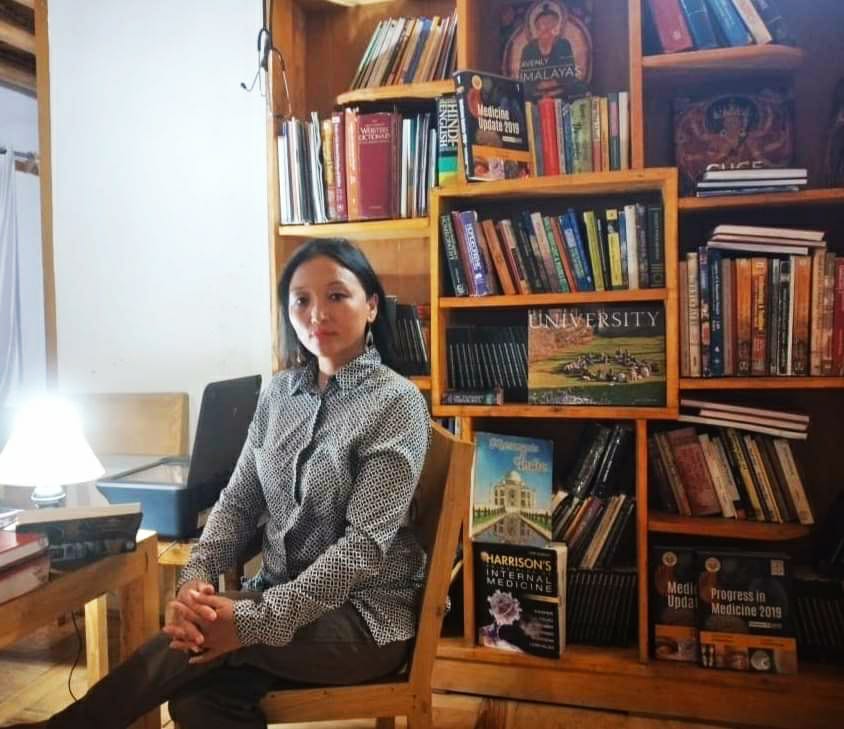
Dr Sonal Spalzin
Who is Dr Sonam Spalzin?
Born in Ranbirpur village (Thiksey) in Leh, Spalzin studied at the prestigious Moravian Mission School. She completed her History Honours from University of Delhi and later enrolled herself in a course for history students, in which reputed ASI archaeologists delivered lectures. “I found it very interesting and decided to pursue a career in archaeology. The treasures gifted to us by our forefathers needed to be protected,” says Spalzin. She went on to do her Masters in Archaeology and then a PhD in the same stream, and in 2009, joined the Archaeological Survey of India herself.
An expert in Archaeological studies right from the pre-historic to historic period, Spalzin, who works with the Archaeological Survey of India (ASI), has been part of more than a dozen excavations. She was part of the five member team that carried out excavation works at the highest point ever. She is also an expert on Buddhism and studies the origins of the faith in Ladakh.
“Excavation in Karakoram showed that the adjoining areas of Tibet and China had a cultural relationship in the past, at least from Holocene period onwards,” says the passionate archaeologist, who is currently busy with preparing for the G20 event to be hosted in the Union Territory of Ladakh in April 2023.
The custodian of history
Spalzin believes that a society without knowledge of its past is like an individual without memory. “There are thousands of sites which are yet to be excavated and hundreds which are currently being excavated, which will tell us how culturally rich we were,” says Spalzin, who is part of the ASI team that looks after approximately 3,650 centrally-protected monuments across India.
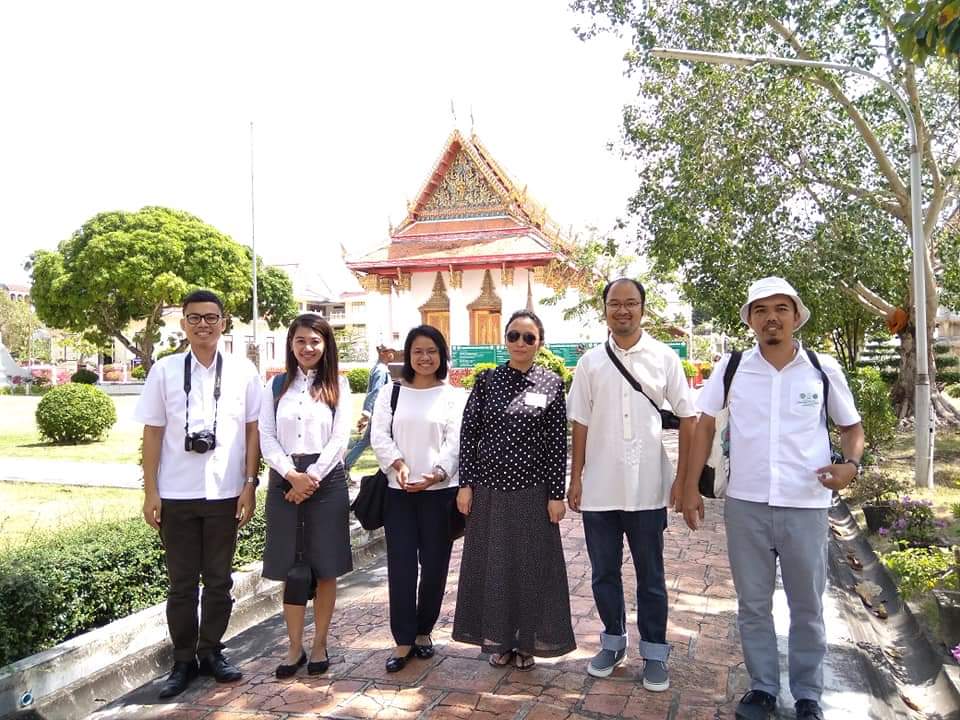
Across J&K and Ladakh, there are 70 Centrally Protected Monuments of National Importance ranging from Neolithic period (C. 3500 B.C.) to the Late Medieval period, in which 41 monuments in Kashmir valley, 15 in Jammu region and approx. 14 in the Ladakh region. “These include temples, mosques, churches, tombs, and cemeteries to palaces, forts, step-wells, and rock-cut caves.”
Spalzin’s key findings are the first Monastic “Vihara” from Kargil, remnants of Bon Castle and ruined castles of King Naristanpo traced from Ladakh, an ancestor of the King of Tibet and Ladakh. In 2015, she travelled to Los Angeles as part of a 13-member contingent of Buddhist Scholars to attend a workshop and give a presentation on ‘Buddhism Beyond India’. She also runs the Himalayan Institute of Archaeology and Allied Science in Thiksey.
Buddhism abroad
Later, she also presented a paper on “International Forum for sharing best practices on protection and management of Buddhist temples in World Heritage sites of Asia at Thailand.” It was organised by the Fine Arts Department of Thailand Ministry of Culture and UNESCO, Bangkok.
“There are different views regarding the advent of Buddhism in Ladakh. Kashmir played a pivotal role in the dissemination of Buddhism to China, Central Asia, Tibet and Ladakh as it was great learning centre of Buddhism,” explains the explorer.
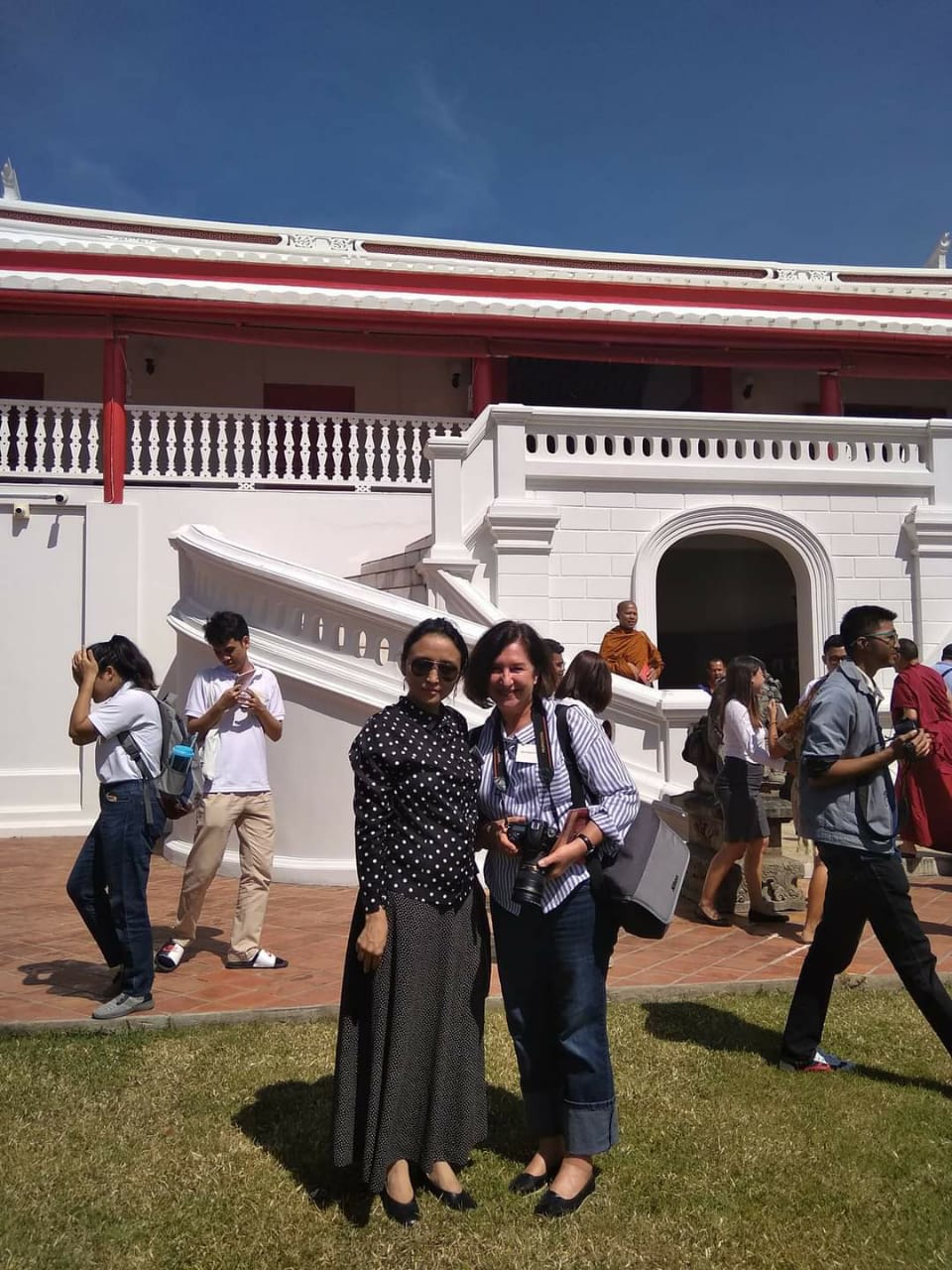
Spalzin says the introduction of Buddhism to Ladakh from Kashmir dated back to 4th century B.C by an emperor of Kashmir named Surendra. “I consider Fa-hien’s account as the most authentic sources on Ladakh. He was a Chinese Buddhist monk who visited Ladakh via Khotan in 4th century A.D. when Hinyana Buddhism was in practice in Ladakh.”
Spalzin, who introduced a chapter for secondary level students on Buddhist archaeological sites of J & K, describes another interesting excavation she undertook at Wakha river near Mulbek (Kargil) in 2011. “We cut through the natural slopes of the mountains and found geo-archaeological evidences of prehistoric period. We unearthed a number of hearths which were about 3,000 to 4,000 years old,” explains Spalzin, who is married to Dr Stanzen Rabyang, a consultant physician.
Studying the petroglyphs in Ladakh
In the same year, Spalzin and the late Dr. Subash Khamari from ASI found stone tools belongs to Palaeolithic period on the river gravel of Ranbirpur. Evidence of prehistoric period was also traced at ancient salt lake Tsokhar and Tsomoriri. Ladakh, she says, has a chain of petroglyphs extending over an area of around 60 km which may be claimed as the world’s longest chain.
“The study of the petroglyphs of Ladakh is based on comparisons with rock art from other parts of Central Asia, Pakistan and so on, mainly in terms of cultural ties and styles,” says Spalzin, who has explored petroglyphs sites from Degar to Sasoma and Saser route, Disket to Hunder Dok in Nubra Valley, Demchok to Batalik (Kargil) along the Indus, Zanskar to Drass in Kargil, Hanle to Tangtse in Changthang, Chilling to Lingshed and Upper Ladakh from Nornis till Lower Ladakh Achinathang along the Indus.
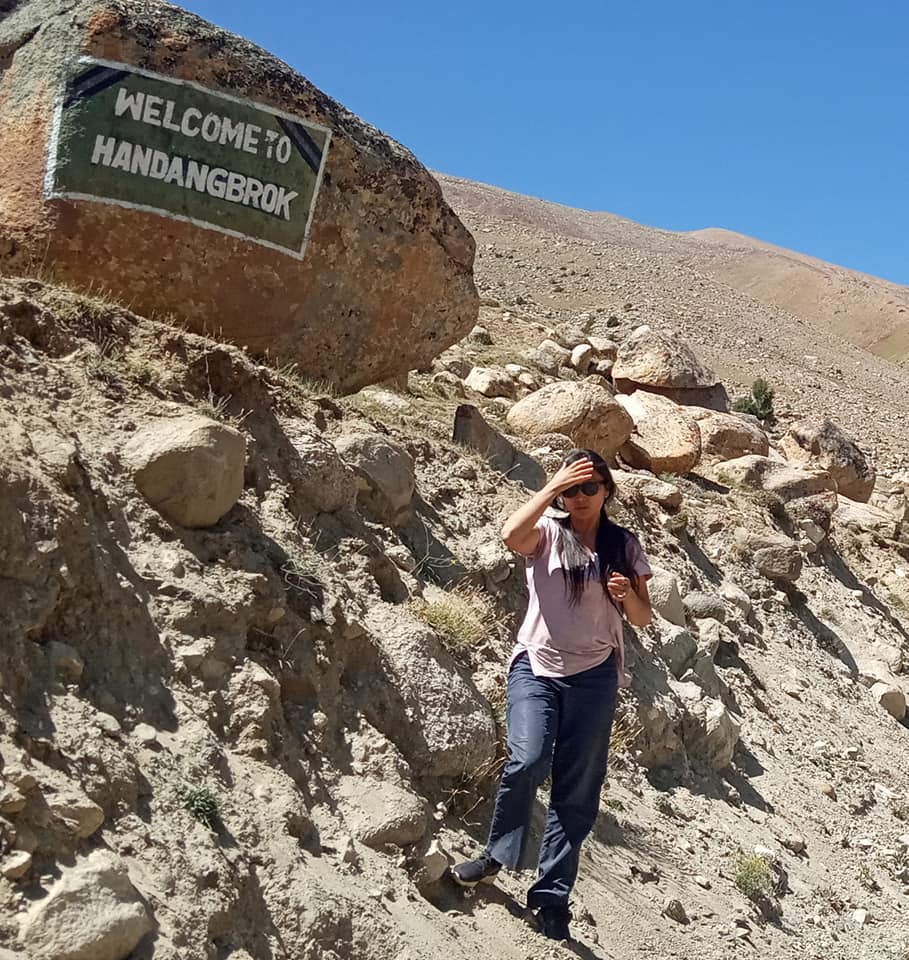
However, it’s tough to accurately tell the number of petroglyph sites in Ladakh. “Almost all the sites have been explored and documented and published in reputed journals and books. Still, one cannot say that it has all been covered. There is 10 per cent of Ladakh which I am yet to explore,” smiles the mother of two.
Rock engravings in this area, she says, are the earliest remains as they depict scenes of prehistoric, early historical and later historical life and are mostly located on the bank of river Indus and its tributaries. “Unfortunately, the priceless sculptural wealth of the Ladakh, beautiful murals and especially petroglyphs are falling prey to the whims and fancies of greedy contractors and careless staff.”
As an author
Dr Sonam Spalzin is the author of two books on Ladakh-Sheshrig and gSter-rNying. “The aim of Sheshrig is to highlight the history, chronological order of the kings and the historical monuments of Ladakh. Through the second book, I have brought out the archaeological, environmental and other scientific evidences of settlers from different time periods,” says the author, who travelled extensively for her books.
Archaeology and heritage are often conflated and used interchangeably, she feels. “Archaeology largely deals with the material aspects of culture, as evidenced by monuments, archaeological sites and artefacts. Heritage, on the other hand, is linked to questions of identity, memory and sense of place,” explains Spalzin.

A reputed scholar, Spalzin has published three dozen papers in national and international journals including in the International Journal of National University of Singapore. She is also a member of a number of organisations including the International Association for Women Archaeologists Working in South Asia and International Institute of Archaeology and Allied Sciences.
In her free time
When she’s not at an excavation site or doing research, Spalzin is a dedicated farmer. “However busy the schedule might be for the day, we make sure to spend some time farming, without fail,” she says. “Planting trees, watering them and maintenance of the orchards and kitchen garden is a must for my entire family, in mornings and evenings.” On weekends, they spend all their time out on the farm.
“We Ladakhis are farmers,” declares the renowned archaeologist, who is guiding many research scholars from different universities in India and abroad, who are working on Ladakh.
- Follow Dr Sonam Spalzin on Facebook



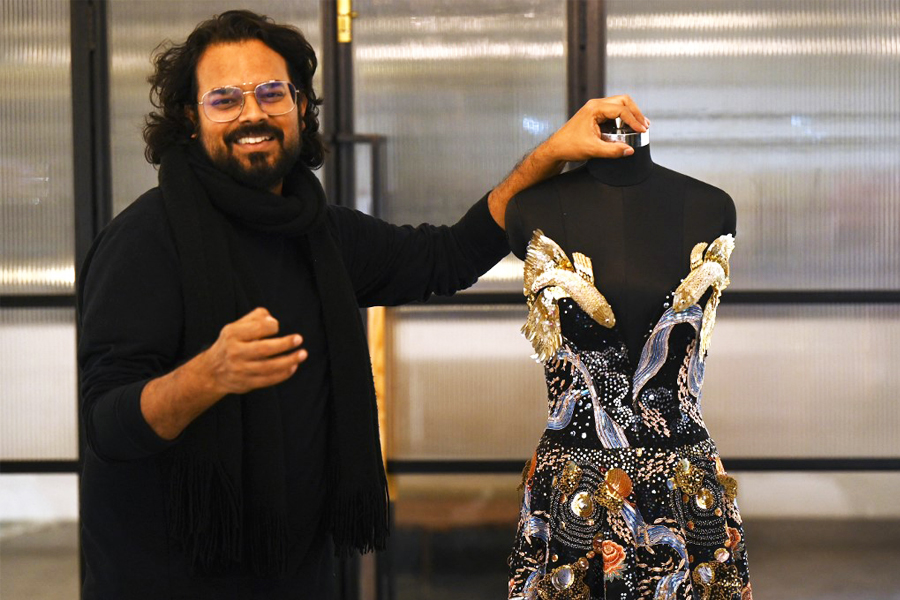 Rahul Mishra (Photo Courtesy: Forbes)[/caption]
Rahul Mishra (Photo Courtesy: Forbes)[/caption]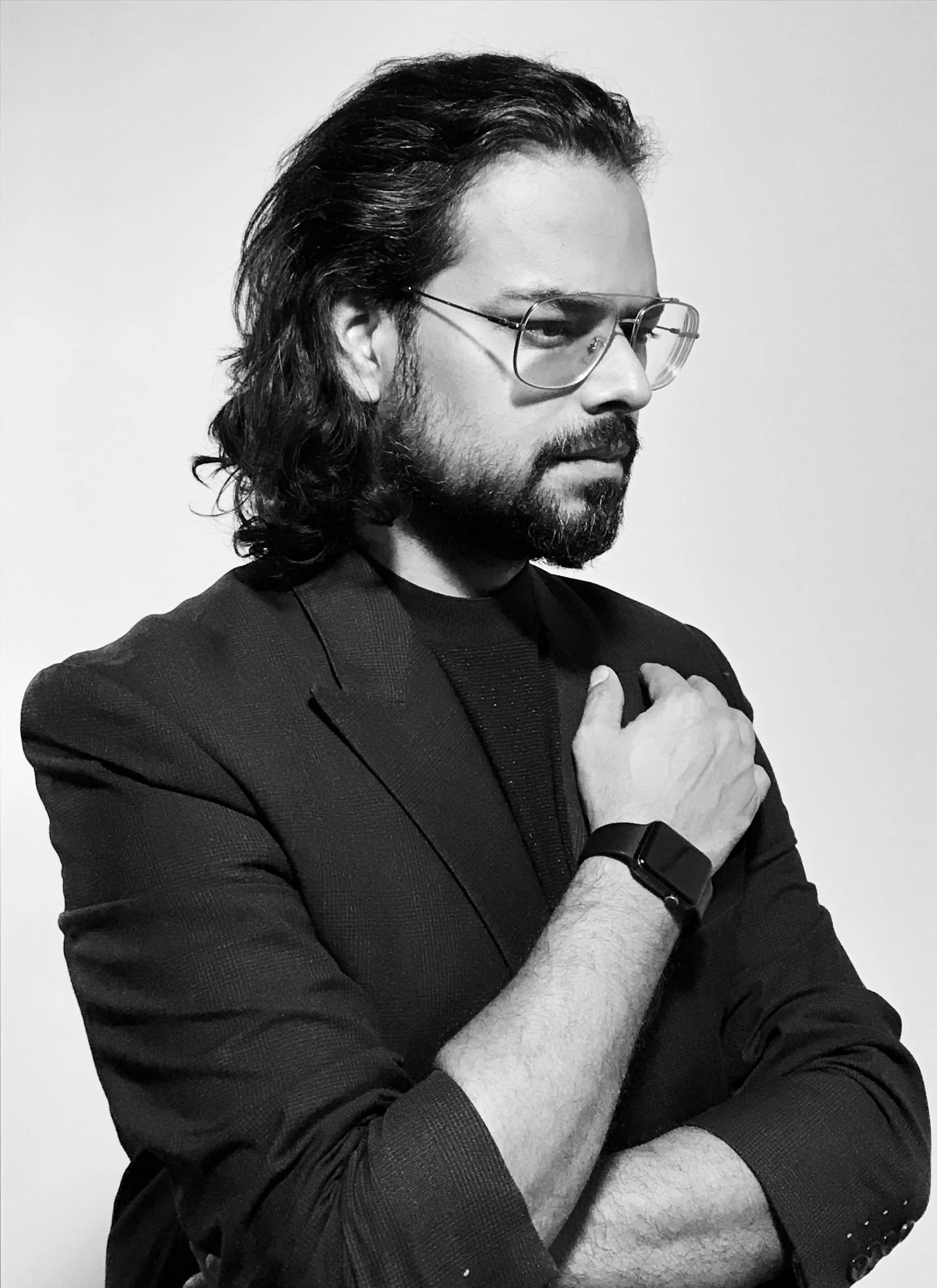
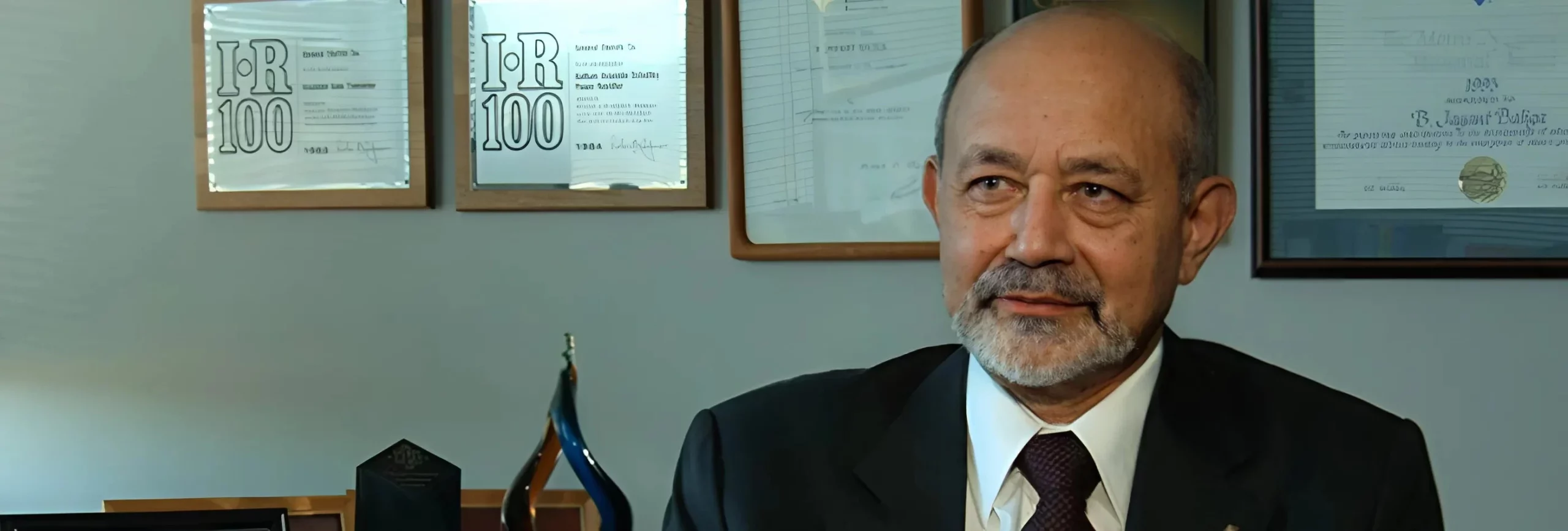
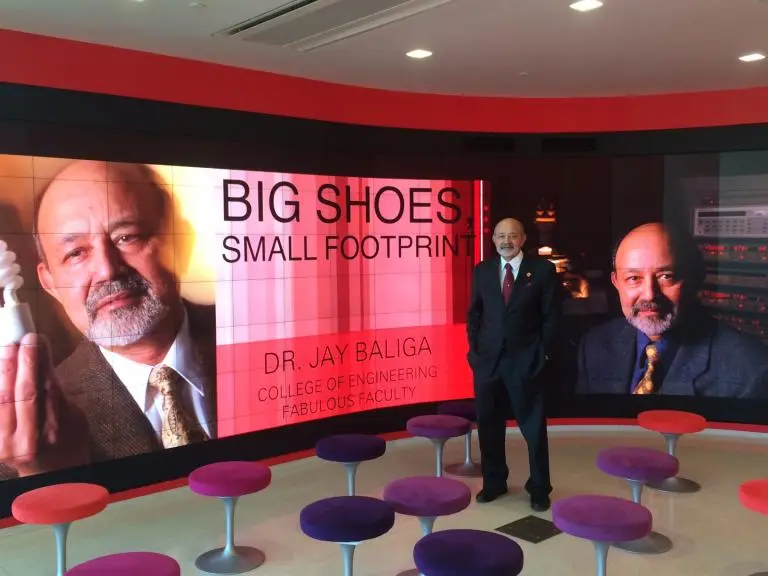 Bantval Jayant Baliga[/caption]
Bantval Jayant Baliga[/caption]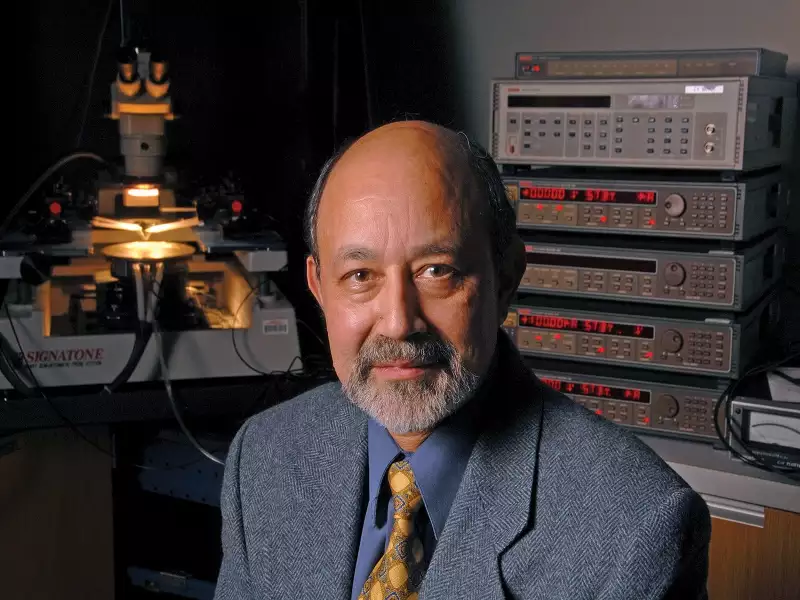 Bantval Jayant Baliga[/caption]
Bantval Jayant Baliga[/caption]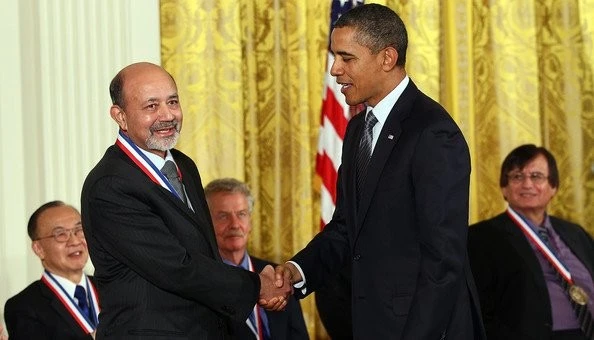 Prof Baliga received National Medal of Technology from US President Obama[/caption]
Prof Baliga received National Medal of Technology from US President Obama[/caption]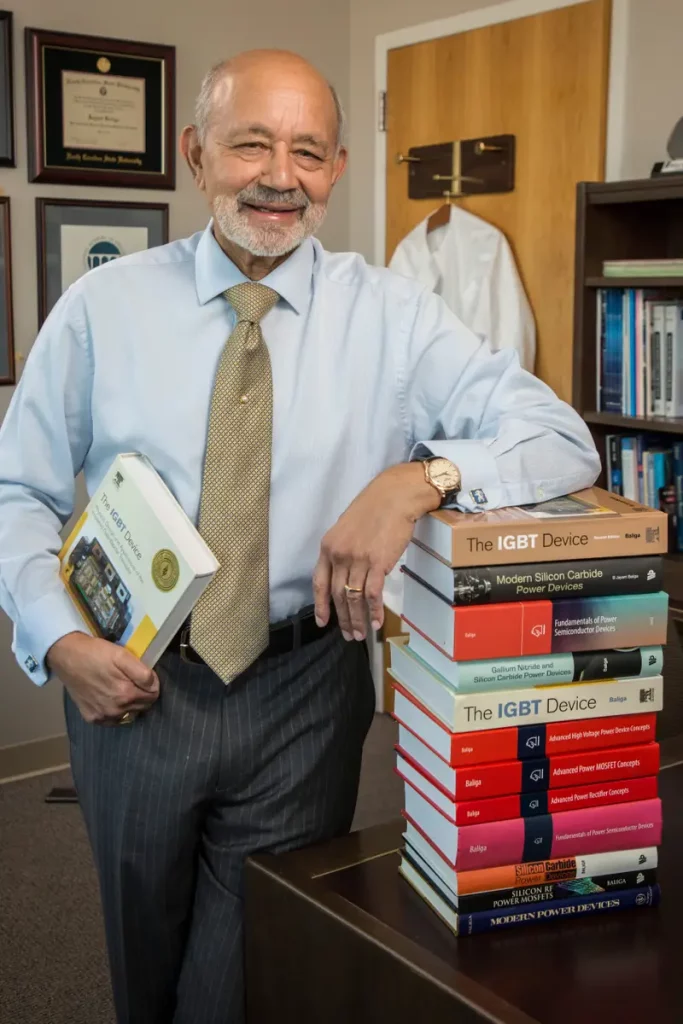 Professor Bantval Jayant Baliga[/caption]
Professor Bantval Jayant Baliga[/caption]
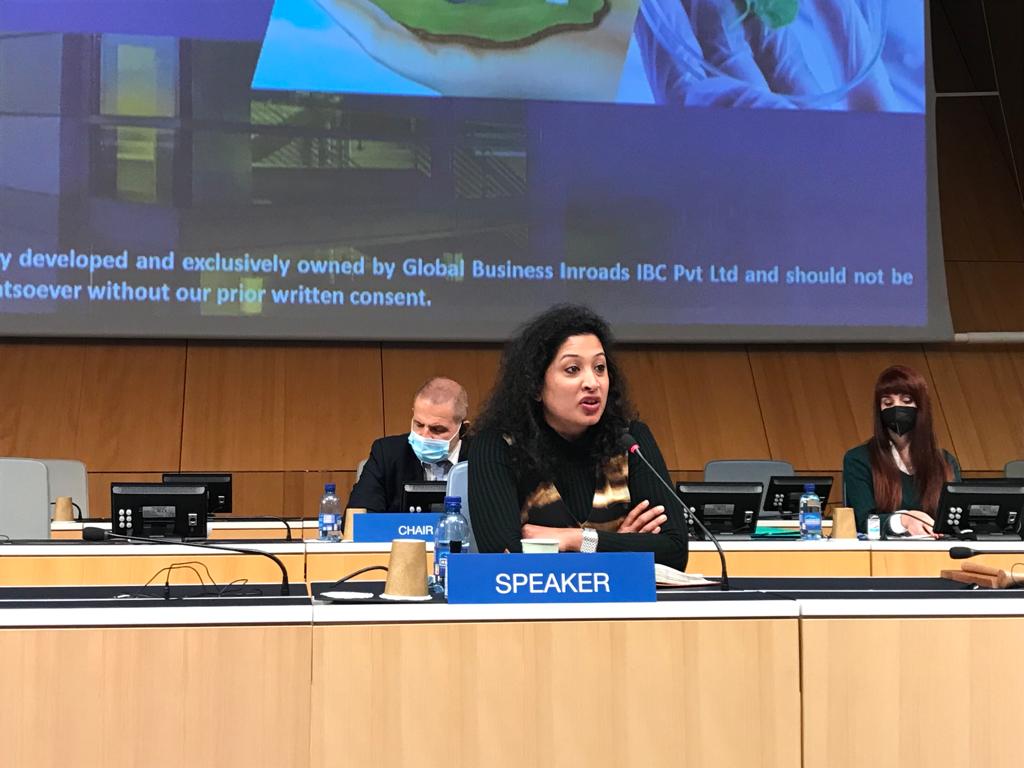 Leena at the WIPO event in Geneva[/caption]
Leena at the WIPO event in Geneva[/caption]
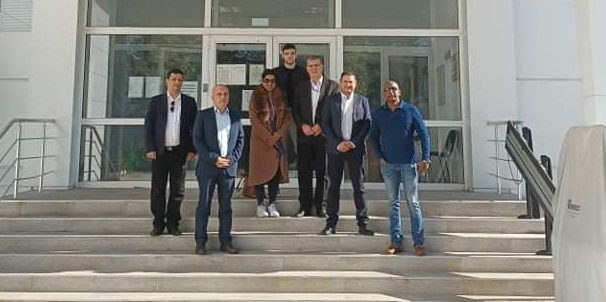 Leena and Shibu at GBI's Europe office in Bulgaria[/caption]
Leena and Shibu at GBI's Europe office in Bulgaria[/caption]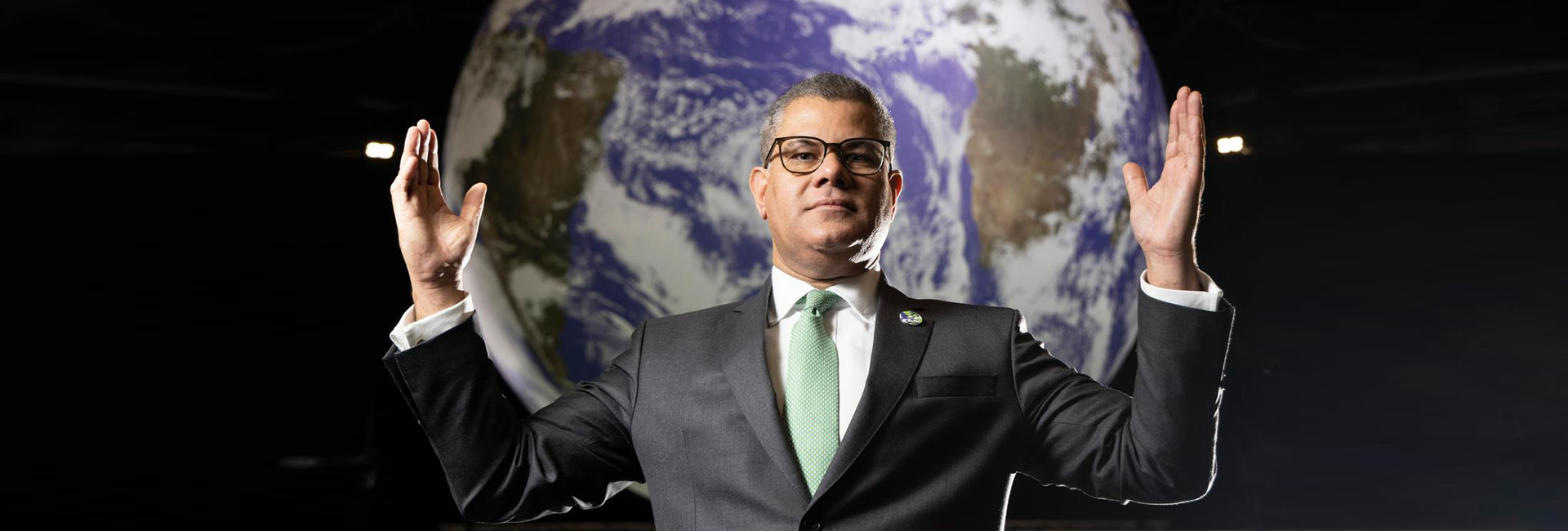
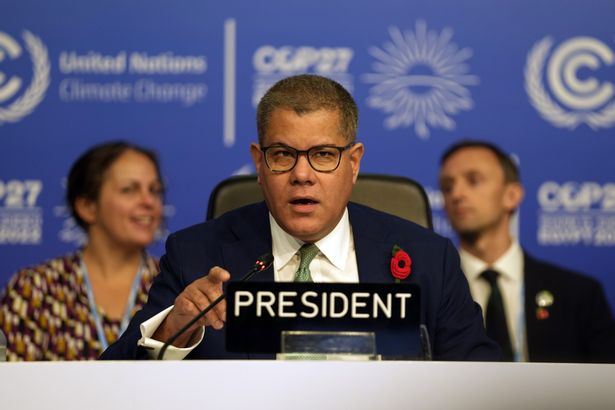 Alok Sharma during his Presidentship at COP26[/caption]
Alok Sharma during his Presidentship at COP26[/caption]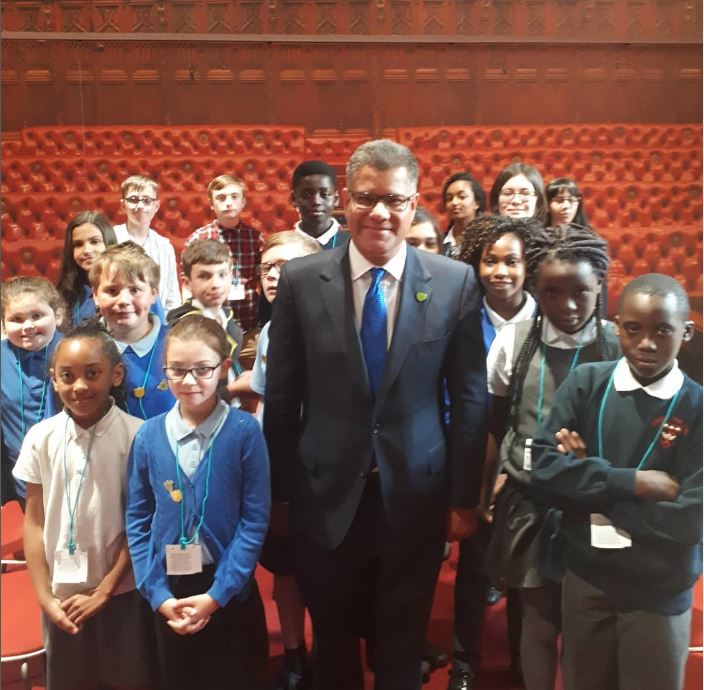 Sharma with school kids[/caption]
Sharma with school kids[/caption]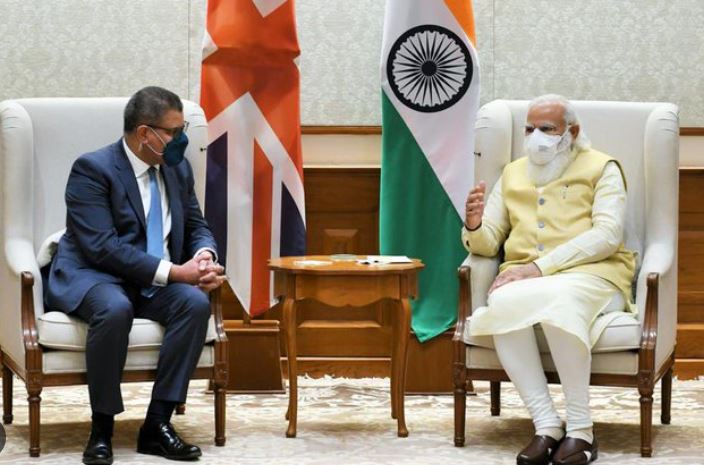 Alok Sharma with PM Modi during his India visit as COP26 President[/caption]
Alok Sharma with PM Modi during his India visit as COP26 President[/caption] Alok Sharma with his wife[/caption]
Alok Sharma with his wife[/caption]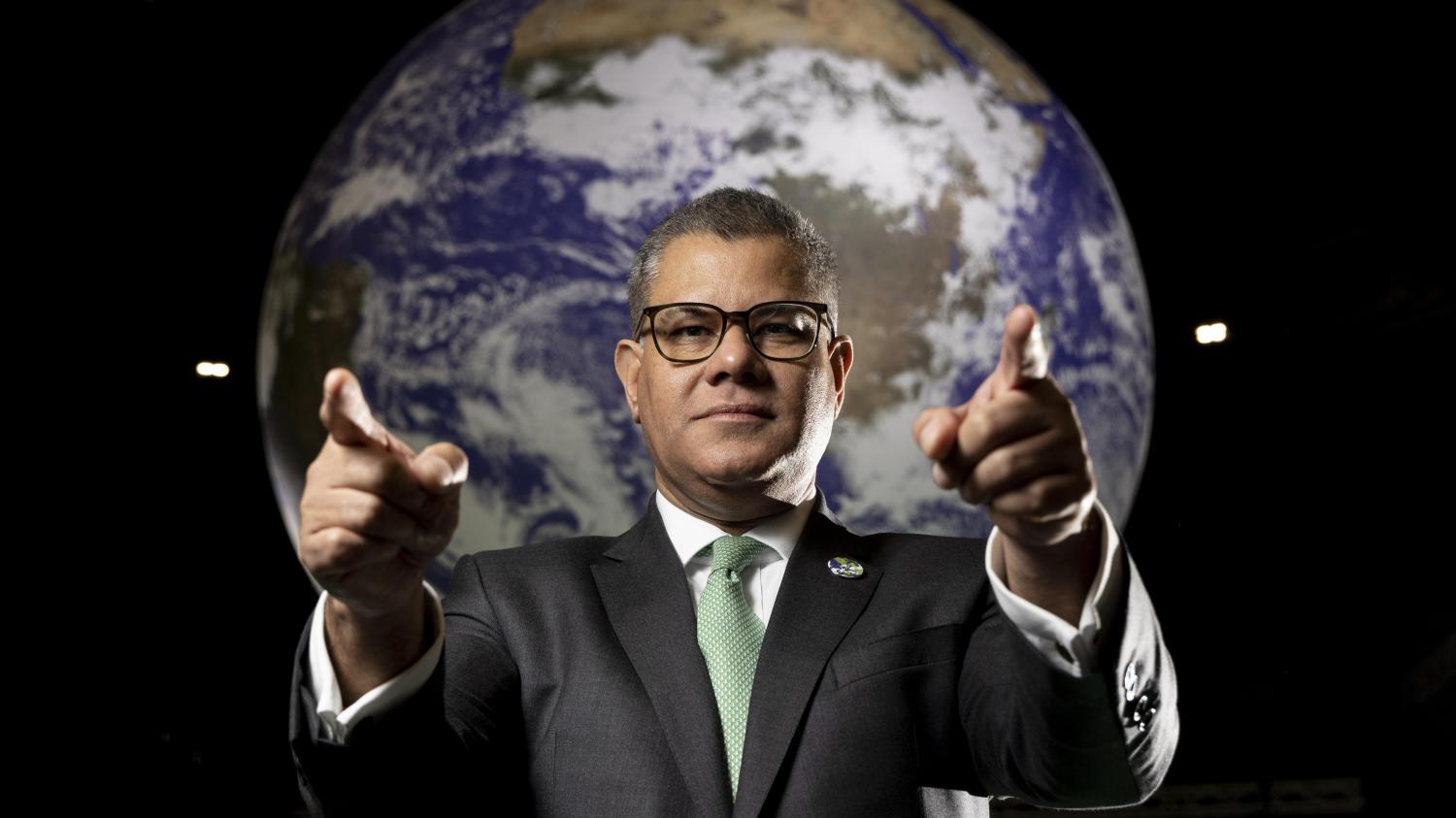
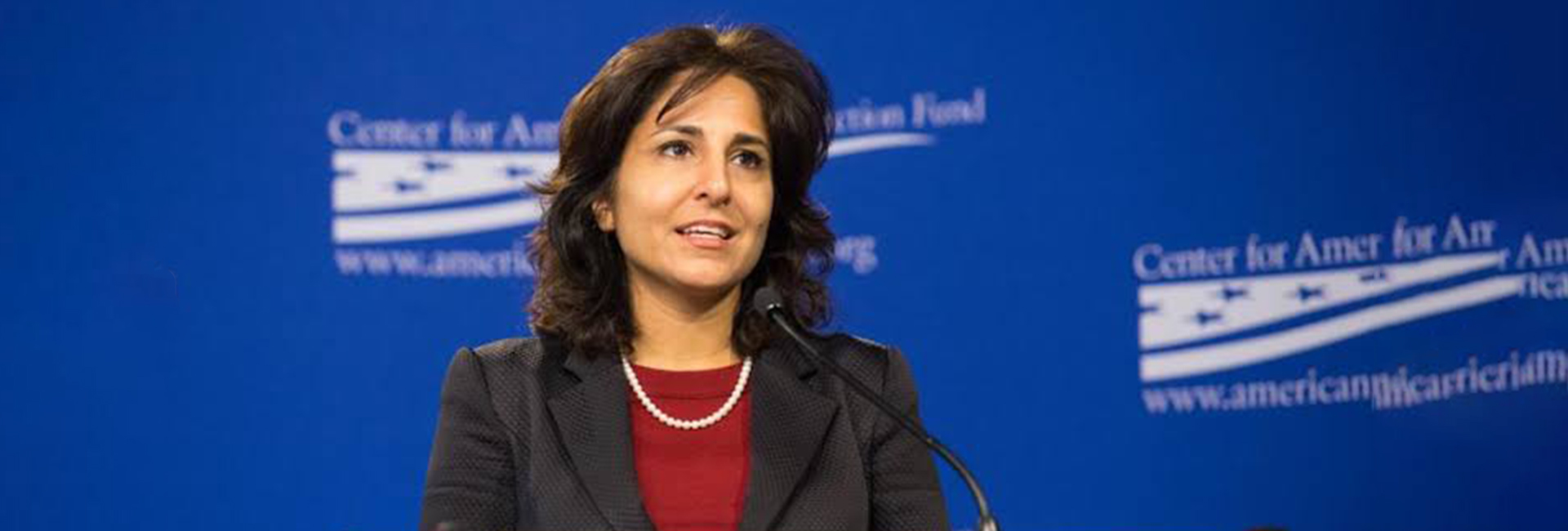
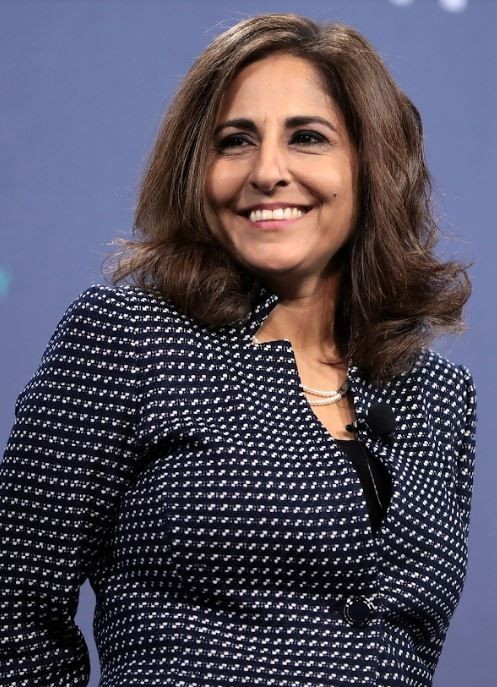 Neera Tanden[/caption]
Neera Tanden[/caption]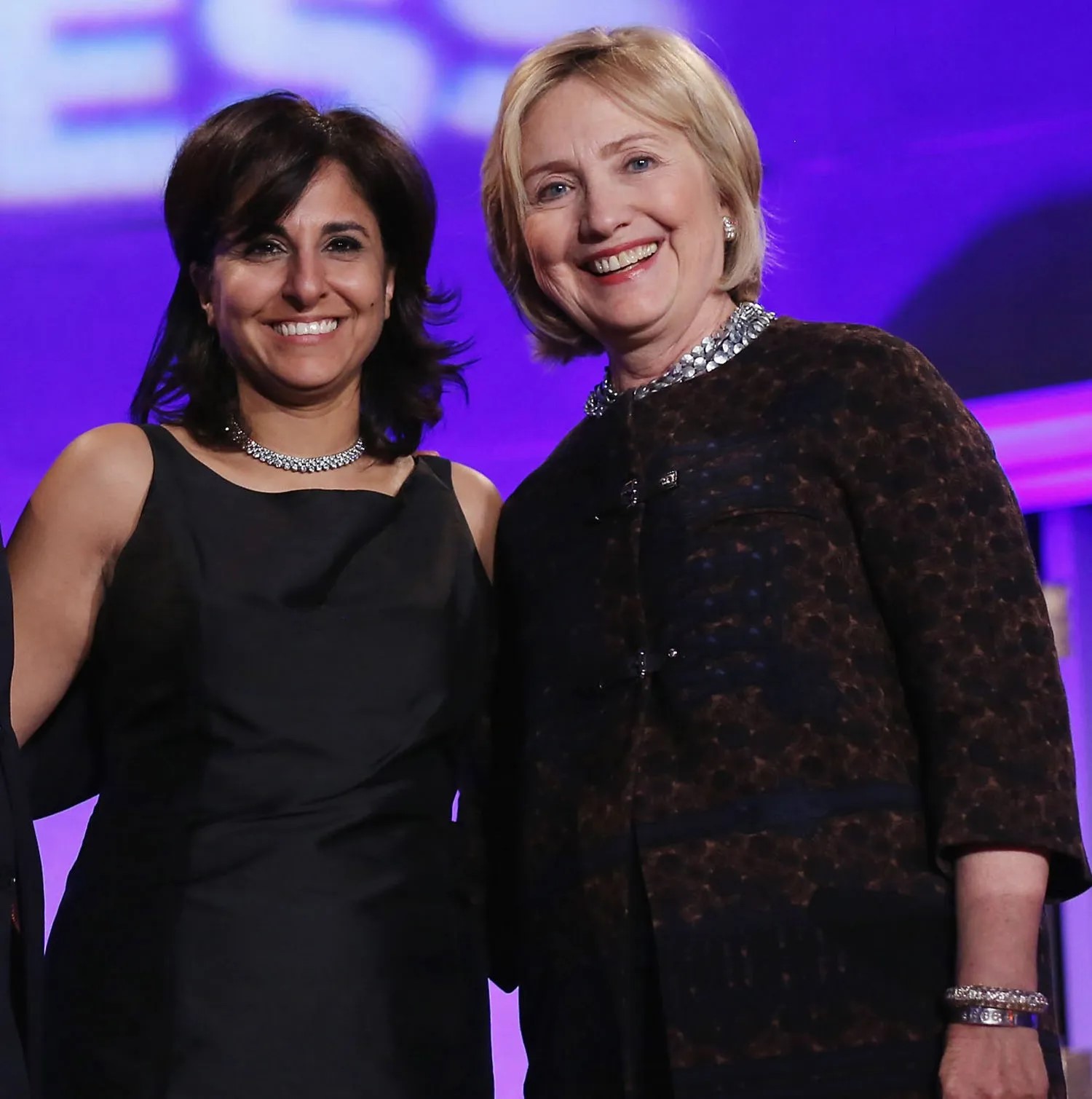 Neera Tanden with Hillary Clinton[/caption]
Neera Tanden with Hillary Clinton[/caption]
Truly an inspiration for young students like me. Hope to see more such works as you explore each and every corner of Ladakh. Good wishes